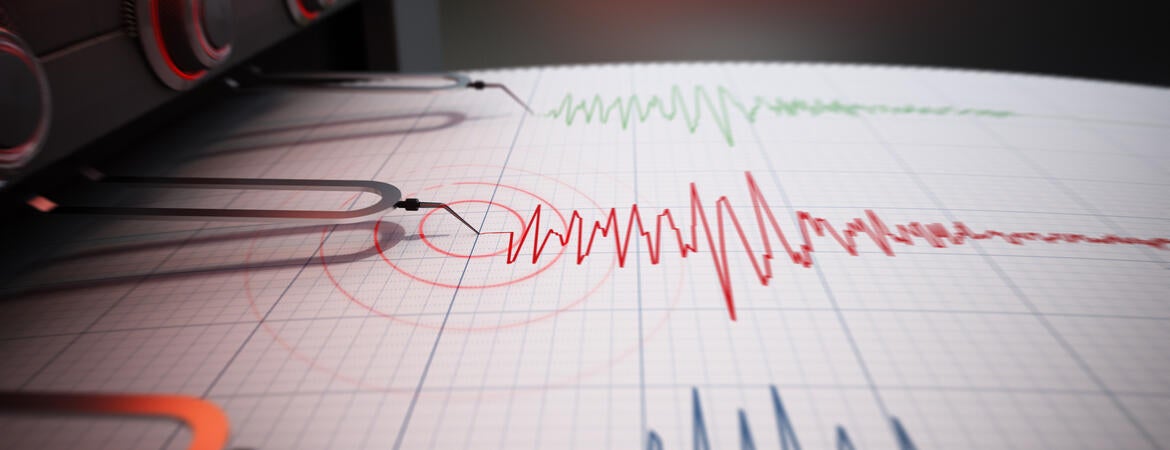
This morning, a 4.8 magnitude earthquake struck in New Jersey, sending tremors throughout the region. People in places entirely unused to shaking, including New York City, Boston, and Philadelphia, could feel it. Californians with relatives on the East Coast spent the morning scratching their heads.
University of California, Riverside seismologist Abhijit Ghosh, who studies earthquake physics, explains what happened.
Question: We so rarely get reports of earthquakes in that part of the country. Was this a natural event, or was it caused by external, manmade forces?
Answer: From what I can glean from reading about it, it seems like an intraplate event. These are events that occur farther away from the plate boundary. Most earthquakes tend to happen near the tectonic plate boundary, as with the San Andreas fault here in California. New Jersey is thousands of miles from the nearest plate boundary. In areas that are so far from the boundary of the nearest fault, earthquakes are not as frequent. These are rare but they do happen. It’s not unheard of.
Q: What is the nearest fault zone to the epicenter of today’s New Jersey event?
A: The Ramapo fault zone in the Northern Appalachian Mountains is probably the closest, and it is about 200 miles long. This fault was formed due to tectonic activity millions of years ago in that part of the world. My suspicion is — I haven’t done a study on this — that the Ramapo fault zone may have played a role in this earthquake based on its geographical proximity to the earthquake.
Q: Are there likely to be more New Jersey earthquakes now that this one has happened?
A: We are already seeing the aftershocks. There have been about 10 or so, magnitude 2 events.
Another earthquake with an epicenter close to the 4.8 today occurred on March 14, about three weeks ago. And we can’t rule out the possibility of another earthquake of this magnitude, but typically the activity is much less frequent in someplace like New Jersey than near a plate boundary.
Q: In technical terms, do we know how the earthquake moved?
A: This was a combination of strike-slip and thrust movement. A pure strike-slip event is a sliding movement along the fault where there’s no vertical motion. As soon as you have a thrust component, as is the case here, that means there is some vertical movement in one block of Earth relative to the other. One block moved up as well as a little bit sideways.
Q: Why could people feel this so far from where it occurred?
A: In the eastern U.S. when there’s an earthquake you can feel it for a longer distance, because of the nature of the Earth’s crust there. From what I can see, some of the shaking reached a level 5 on the Modified Mercalli Intensity Scale.
Q: For people who aren’t used to earthquakes, do you have any advice?
A: If you are not familiar with ground shaking due to earthquakes, it’s not unusual to feel nervous about it. Keep your calm, drop, cover and hold on during the shaking. Do not run around, don’t try to go outside and run away. And get an emergency earthquake kit ready in case anything bad happens.
Cover image: adventtr/iStock/Getty



